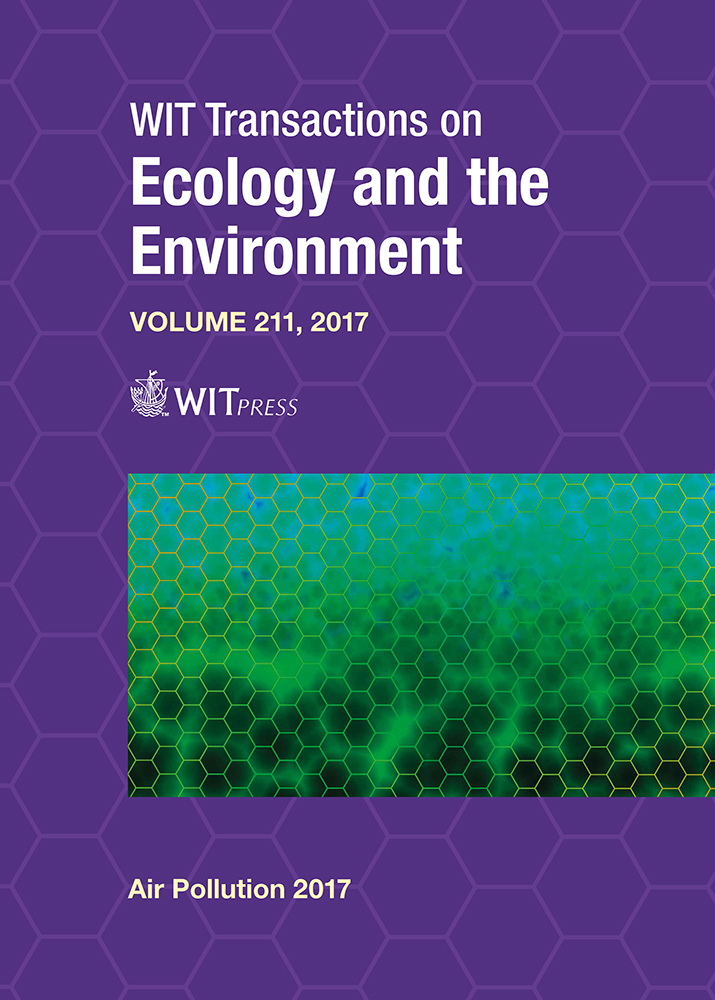CONSIDERATIONS ON REDUCTION OF INDOOR AIR POLLUTION FROM RADIOACTIVE EMISSIONS FROM BUILDING MATERIALS AND THE GROUND
Price
Free (open access)
Transaction
Volume
211
Pages
10
Page Range
197 - 206
Published
2017
Size
1,245 kb
Paper DOI
10.2495/AIR170201
Copyright
WIT Press
Author(s)
ROSARIA IPPOLITO, LUIGI LEPORE, ROMOLO REMETTI
Abstract
The goal of this paper is to study the reduction of health risks from indoor radioactive pollutants, as thoron emissions from common building materials, and radon emission from both building materials and the ground. In particular, when dealing with the indoor environment, one of the most important hazard is represented by radon gas, considered by the World Health Organization (WHO) as the second largest cause of lung cancer, cigarette smoke being the first. Such a radioactive gas belongs to the natural radioactive background of radiation, and its presence all over the world is unavoidable.
Radon gas density varies due to microclimatic factors such as temperature, air pressure, humidity and changes in ground layers. Radon gas emerges from the ground and penetrates building basements, accumulating itself into the indoor air, and being breathed in by people. Taking care of the airtightness of windows allows the radon concentration to build up, in some cases beyond reference levels, together with other chemical pollutants, i.e. combustion residues and solvents. The EU Basic Safety Standards, stated in the Council Directive 2013/59/Euratom, based on the last recommendations from the International Commission on Radiological Protection (ICRP) and from WHO, are focusing on risks related to radon gas concentration inside dwellings and working places. On considering that Council Directive 2013/59 Euratom has to be transposed into law by each EU Member State by February 2018, it is recommended that radon issues have to be considered during the design phase of the building construction. For NZEB applications a special attention is requested when energy consumption is reduced lower and lower by taking care of airtightness. In such a case, indoor pollutants (chemical, radioactive, particulate, etc.) can significantly accumulate beyond safe levels.
This paper describes measurements and remedial actions of study cases, focusing on public and domestic environments.
Keywords
indoor air pollution, radon, aerosols, remedial actions





